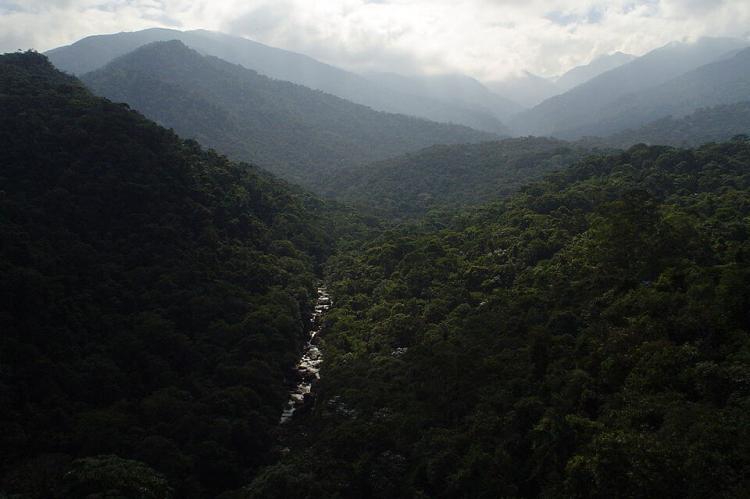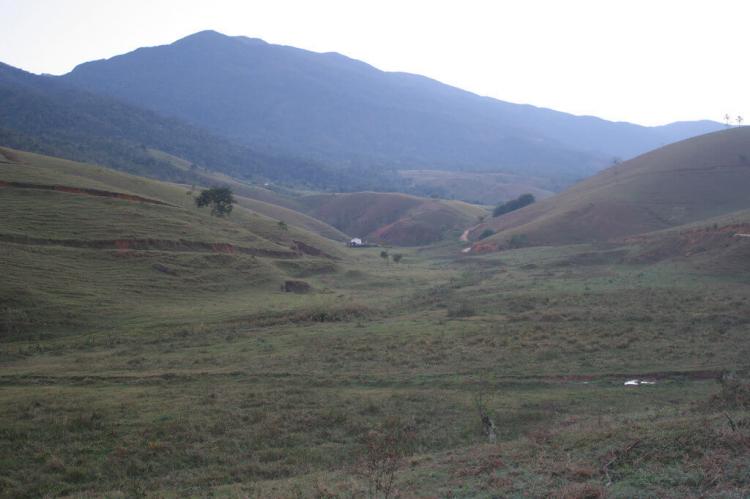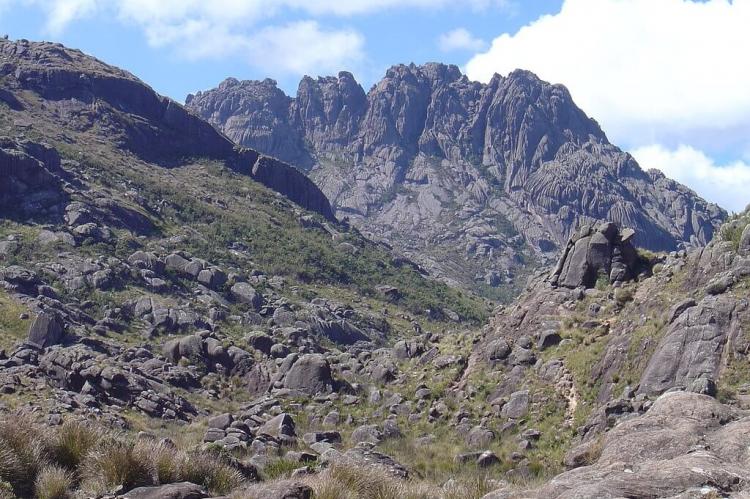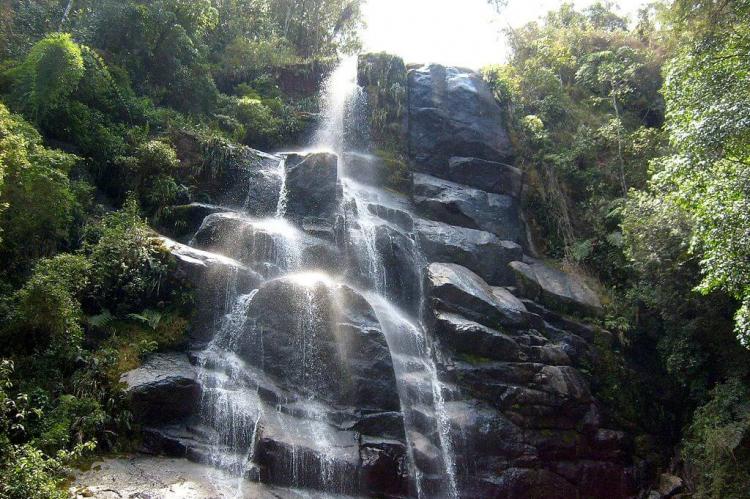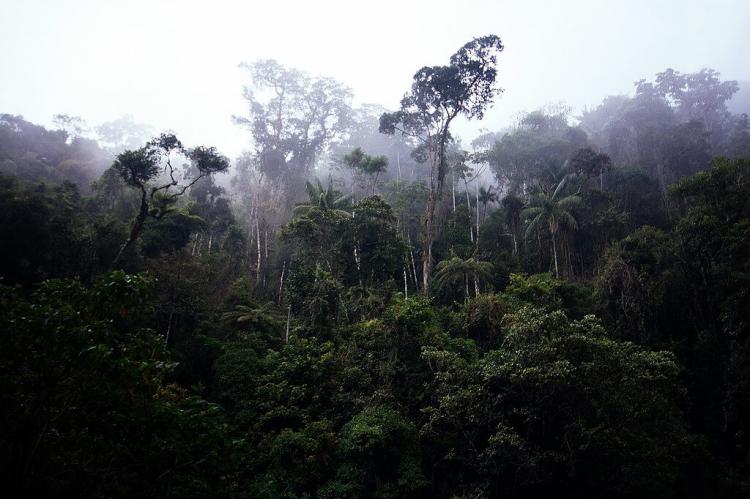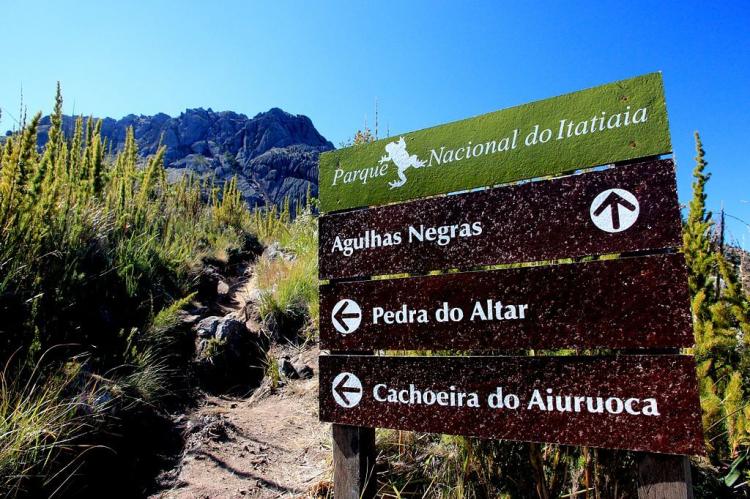Itatiaia National Park (Brazil)
Itatiaia National Park, located in southeastern Brazil within the Serra da Mantiqueira range, protects significant remnants of the endangered Atlantic Forest in its lower elevations and the unique flora of the high mountain plains in its upper elevations.
Itatiaia National Park
Itatiaia National Park is located along the coastline of southeastern Brazil, on the border between the Brazilian states of Rio de Janeiro and Minas Gerais.
Located in the Itatiaia massif within the Serra da Mantiqueira range, the National Park protects significant remnants of the endangered Atlantic Forest biome in its lower elevations and the unique flora of the high mountain plains in its upper elevations.
In the early 19th century, the park region was part of the route to transport gold mined in Minas Gerais state. Once these gold reserves were depleted, the area began to attract the attention of mountain climbers and nature lovers.
Established in 1937, Itatiaia became Brazil's first National Park. Today, it encompasses an area of approximately 300 sq km (116 sq mi) and is surrounded by the Serra da Mantiqueira Environmental Protection Area, which provides an ecological buffer zone. The park is also part of the extensive Mata Atlântica Biosphere Reserve.
Natural attractions within the National Park include waterfalls, rivers, rock formations, and other tourist attractions such as the Visitor Center and the museum. The park receives thousands of visitors annually and is one of Brazil's ten most visited national parks.
The terrain within Itatiaia National Park is mountainous and rocky, with altitudes ranging from approximately 500 m (1,640 ft) to its highest point at Black Needles peak (Pico das Agulhas Negras) at 2,791 m (9,157 ft).
Itatiaia National Park has three sectors: Lower, Upper, and Visconde de Mauá. Each sector presents different characteristics and attractions.
The upper region of the park hosts springs from 12 important regional hydrographic basins that drain into two main river basins that supply the Rio Grande (a tributary of the Paraná River) and the Paraíba do Sul river.
The lower region of the park, an essential pocket of protected Mata Atlântica, features lush vegetation, natural pools, and waterfalls.
The Visconde de Mauá is the main tourist area of the National Park and includes hotels and restaurants, along with the Escorrega and Santa Clara waterfalls.
Itatiaia National Park provides habitat for many of Brazil's endemic species, including Saffron Toucanets, Red-breasted Toucans, Green-crowned Plovercrest, Surucua Trogon, Blond-crested Woodpecker, Itatiaia Spinetail, Slaty Bristlefront, Shrike-like, Black-and-Gold Cotinga and many more.
